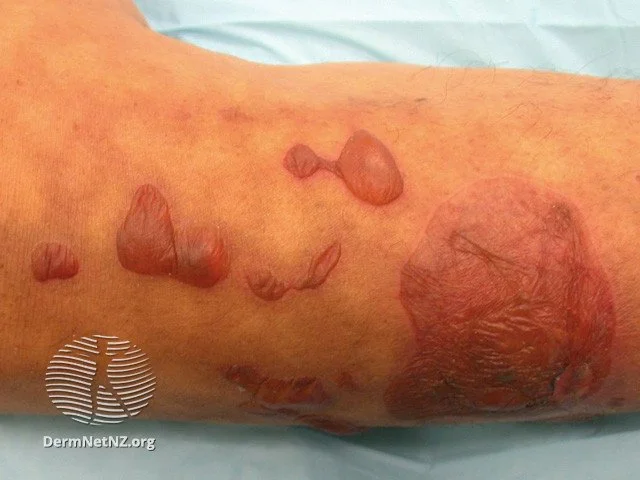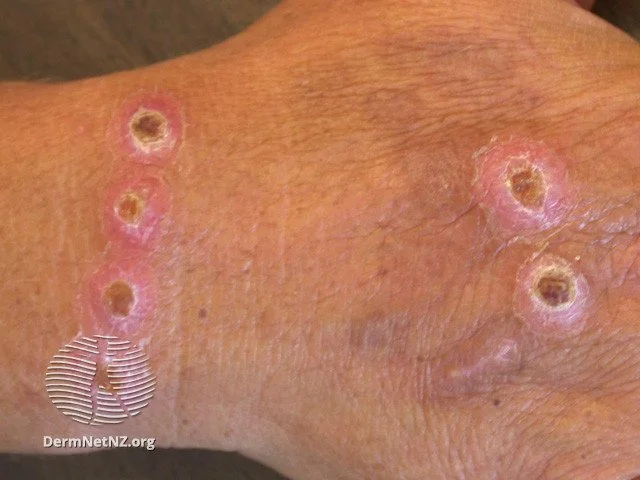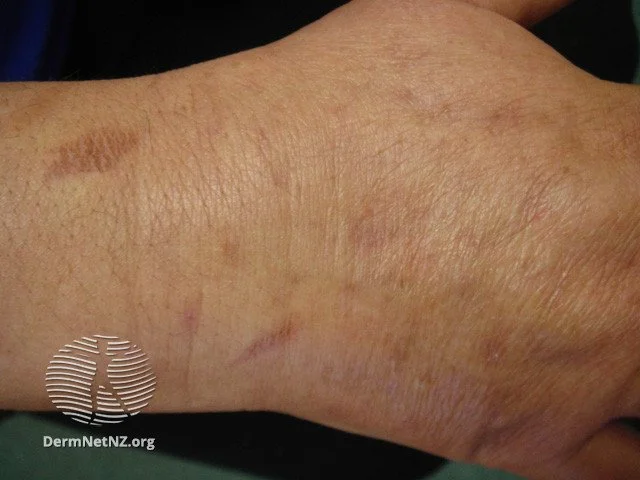
Burns
What are Burns?
Burns are injuries to the skin or underlying tissues caused by heat, chemicals, electricity, sunlight (sunburns), or radiation. They are categorized by the severity of tissue damage, which can range from red skin to deep injuries affecting multiple layers of skin, and sometimes underlying tissues like muscles, tendons, and bones.
What causes Burns?
Burns can be caused by a variety of sources:
Thermal burns: Caused by fire, hot liquids, steam, or other sources of intense heat.
Chemical burns: Resulting from contact with household or industrial chemicals in liquid, solid, or gas form.
Electrical burns: Caused by contact with electrical sources or lightning.
Radiation burns: From excessive sun exposure or contact with other sources of radiation.
Friction burns: Such as skin abrasions from sliding across a surface.
What are the symptoms of Burns?
Burns are categorized by their depth:
First-degree burns: Affect only the outer layer of skin. They may cause redness, pain, and swelling.
Second-degree burns: Affect both the outer and underlying layer of skin. They may cause blisters, severe pain, and swelling.
Third-degree burns: Reach the deepest layers of skin, possibly damaging underlying tissues. They can appear white or charred, and may be painless due to nerve damage.
Fourth-degree burns: Extend into deeper tissues like muscle, tendons, or bone.
How do I treat Burns?
Treatment depends on the burn's severity:
First-degree burns:
Cool: Run under cool water until pain eases.
Lotion: Use soothing emollients or lotions like aloe vera.
Second-degree burns:
Cool: As above.
Cover: Use a non-stick bandage.
Protect blisters: Don’t break them; they shield the skin.
Antibiotic ointment: Apply if blisters break.
Third-degree and fourth-degree burns:
Emergency care: Seek immediate medical attention.
Protect: Don’t remove stuck clothing. Cover burn with a clean cloth.
Specific treatments:
Silver sulfadiazine (Silvadene): Topical cream for infection prevention.
Pain relief: Over-the-counter or prescription as needed.
Hydration: Drink extra fluids.
Tetanus shot: Consider if deep burn and not immunized recently.
How do I prevent Burns?
Stay vigilant in the kitchen: Use back burners and turn pot handles away from the edge.
Test bathwater: Before you or your children get in.
Install smoke alarms: And check them regularly.
Practice fire safety: Have a plan and educate family members.
Protect against sunburn: Use sunscreen, wear protective clothing, and limit sun exposure during peak hours.
Be cautious with chemicals: Read labels, wear gloves, and work in well-ventilated areas.
Guard against electrical injuries: Keep appliances away from water and childproof outlets.
Multiple superficial burns from a cigarette in various stages of healing.
Credit: DermNet NZ
Post inflammatory hyperpigmentation from a resolving oven burn.
Credit: DermNet NZ



